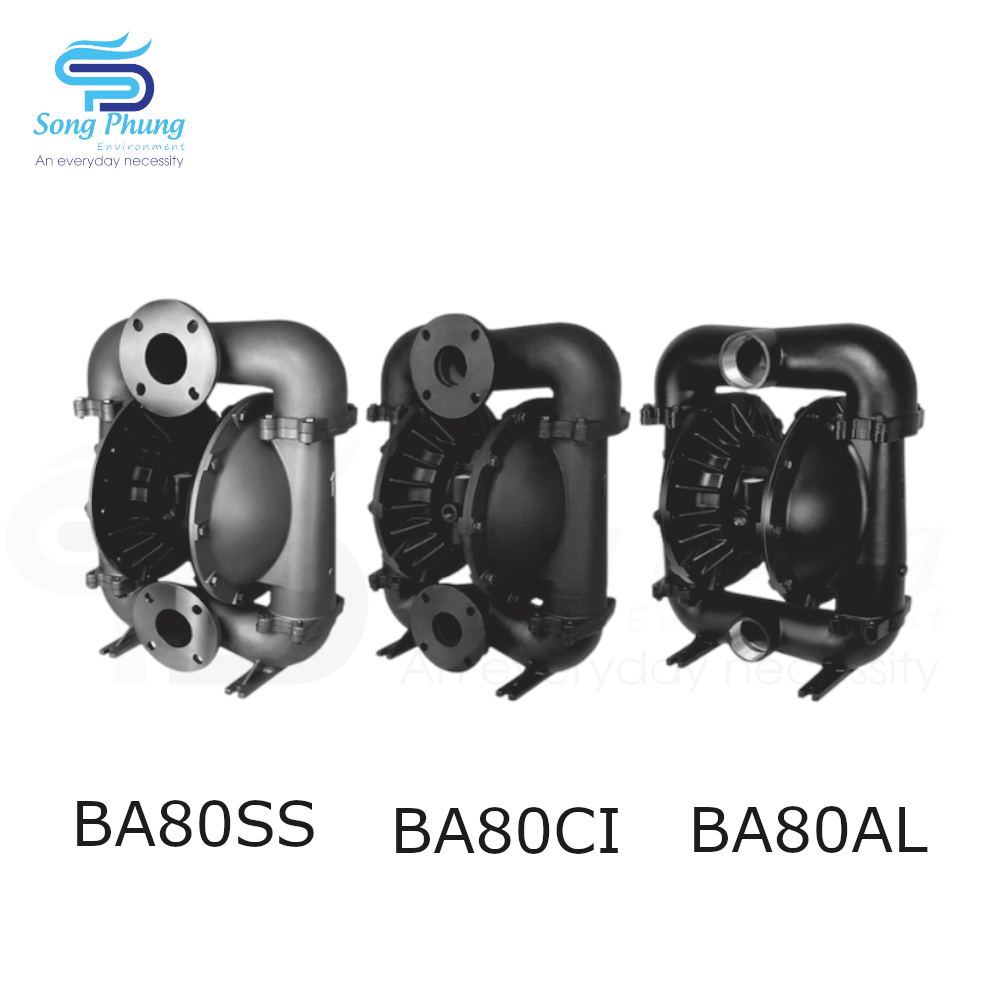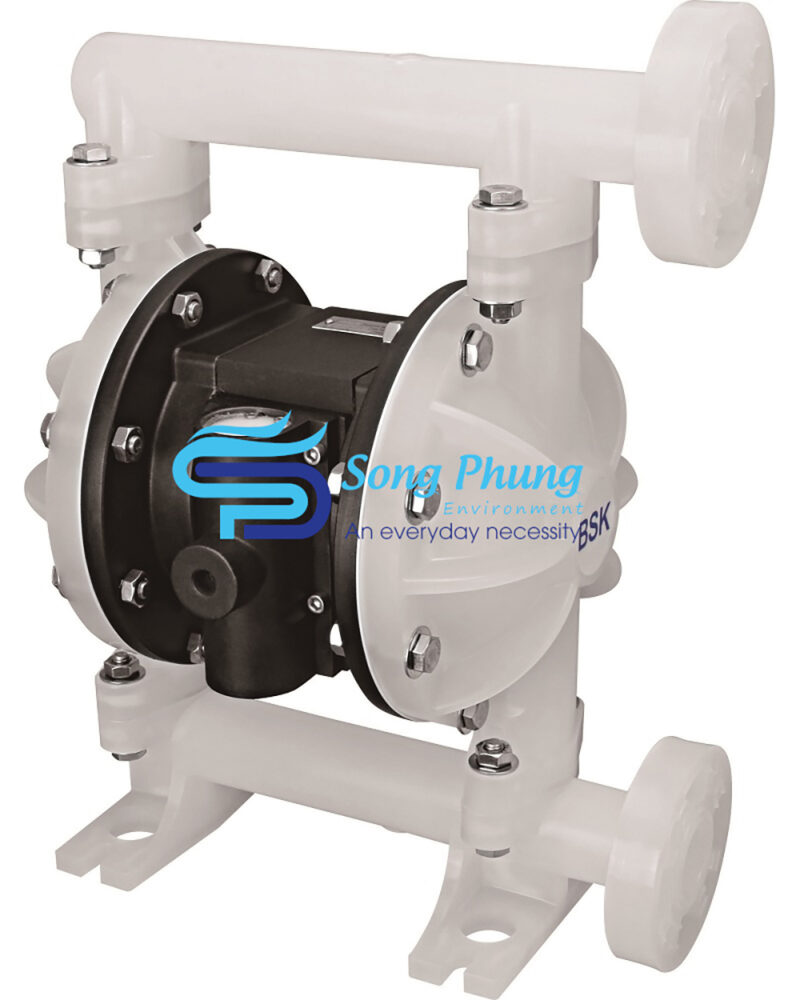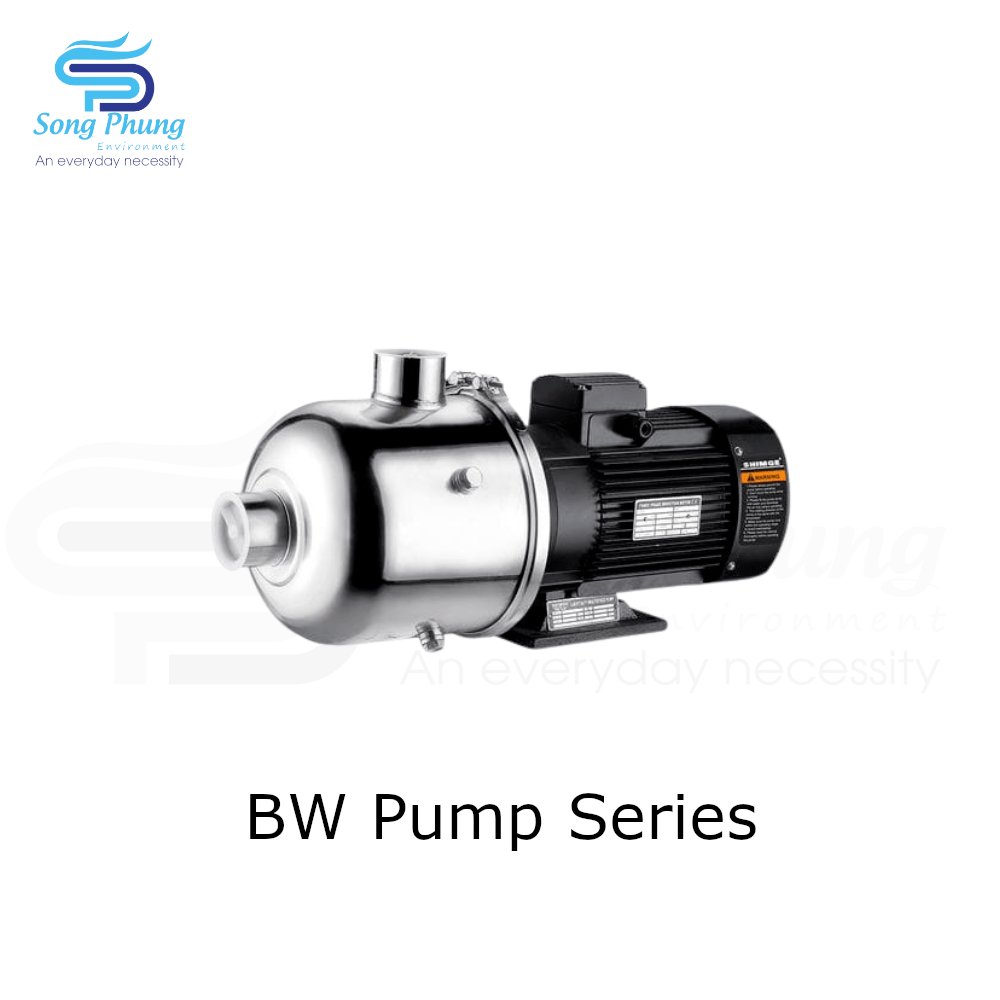Bilge pumps are an essential safety and maintenance feature of any vessel. They prevent flooding and protect the vessel from becoming too heavy due to the accumulation of fluids. The quality of a bilge pump can make the difference between floating and sinking, so matching the right pump is important. There are so many types, sizes, and configurations of bilge pumps to choose from that it can be overwhelming. Bilge pump buyers should consider the pros and cons of each type of pump before installing one on their vessel. Below you can find information about the types of bilge pumps, the types of vessels they are used for, and how to size a bilge pump for your vessel size.

What is the best bilge pump?
There is no “one size fits all” solution. For example, large ships must use centrifugal pumps because of their high throughput rates. They often use other types of pumps in conjunction with centrifugal pumps to remove sludge and other thick liquids. Distinguishing between pump types is the first step to purchasing the right pump for your vessel.
What type of bilge pump do I need?
Bilge pumps come in three main types, centrifugal, diaphragm, and reciprocating. Each type has unique characteristics that either benefit or hinder its performance over the others. Compare your needs to the specifications of each type to find the pump you want.
Centrifugal bottom pump
Centrifugal pumps are the most common type of bilge pump due to their low cost and ability to pump large volumes of water. They use a bladed impeller to increase the velocity and pressure of the incoming water. Larger vessels almost exclusively use centrifugal pumps to offset the large volumes of water they draw in. These pumps also have the advantage of being able to handle small debris.
Despite their popularity, centrifugal pumps have some negative attributes that are not ideal for small to medium sized boats. For example, centrifugal pumps do not pump water uphill well and most are not self-priming. This prevents all of the water from the bilge from being pumped out. Therefore, another type of pump must be used to remove all of the bilge water. Some self-priming centrifugal pumps do exist, but they are primarily designed for larger vessels and are expensive. Non-self-priming centrifugal pumps should never be run dry. Doing so will cause the pump to overheat and cause irreparable damage to the impeller.
Ideal for:
- large vessels
- Use with piston pump
Bilge diaphragm pump
Diaphragm bilge pumps are not ideal for larger vessels because they cannot handle the same flow rates as centrifugal pumps. They also have difficulty handling debris, so a screen or strainer must be installed next to the pump inlet to avoid damage. Diaphragm bilge pumps are positive displacement pumps, so they are much better at pumping water uphill than centrifugal pumps. They also do not need to be submerged to operate, so they can be installed above the bilge, allowing for easy access for maintenance and servicing.

Another advantage of diaphragm pumps is that some do not require an electrical source. These pumps are powered by manually turning a lever or crank when the user decides to remove bilge water. Manual pumps eliminate the risk of pump failure due to electrical problems, but they are only recommended for use on very small boats, such as dinghies.
Ideal for:
- Medium and small sized vessels
- Manual rowing boat
Reciprocating bilge pump
Reciprocating bilge pumps are similar to diaphragm pumps in that they use positive displacement to remove water from the hull. They are also self-priming and can be mounted away from the bilge like diaphragm pumps. The main benefit of a reciprocating pump is its ability to pump more viscous fluids than a centrifugal or diaphragm pump. Because of this ability, reciprocating pumps are often used in conjunction with centrifugal pumps on large vessels. The centrifugal pump handles the large volumes of water that the vessel takes in and the reciprocating pump handles the sludge that builds up over time.
The disadvantages of piston pumps are similar to those of diaphragm pumps. Centrifugal pumps can remove much larger volumes of water than piston pumps, even the most powerful models. Piston pumps also struggle with debris, even more so than diaphragm pumps, so a strainer or screen is necessary on the intake pipe. Like diaphragm pumps, piston pumps are ideal for small to medium sized boats that do not need the flow capacity of a centrifugal pump.
Ideal for:
- Medium and small sized ships
- Use with centrifugal pumps
- Pumping of slurry and other viscous liquids
Automatic vs. Manual Bilge Pumps
While most bilge pumps are automated, some can be powered manually. The only use for manual bilge pumps is on small recreational boats, such as kayaks and canoes. These hand-powered pumps allow the user to pump water out at will and are not recommended for larger boats. Some manual diaphragm pumps allow for larger volumes of water, so they can be used on smaller boats that are slightly larger than canoes and kayaks.
Automatic bilge pumps operate with a float switch, a device that signals the pump when the water reaches a preset level. These pumps ensure that the water does not fill above a certain point by turning the pump on when the water reaches a predetermined height. Likewise, the switch protects the pump from running continuously by shutting it off when the water drops below a specific preset level. This is especially important for pumps that overheat quickly when running dry.
What size is a bilge pump?
Recommended bilge pump sizes are as follows:
- <20 feet: 700-1000 GPH
- 20-25 feet: 1000-1400
- 26-30 feet: 1200-1600
- 31-35 feet: 1400-1800
- 36-40 feet: 1600-2200
- 41-45 feet: 2000-4000
Bilge pumps are measured in gallons of water per hour (GPH). The GPH rating of a bilge pump is often higher than the actual volume of water it will pump in an hour. This is due to insufficient power, the type of discharge pipe, and the elevation at which the water is pumped. For example, the pump will only receive full power when it is connected to a shore source or when the engine is running. Otherwise, the pump will only receive about 80% of its maximum power. As a general rule, you can assume that a bilge pump can produce about 60% of its rated volume.
Most bilge pumps are installed below the waterline and therefore have to pump water vertically to some extent. The amount of vertical pumping a bilge pump has to perform is called the head. This is the distance between the bottom of the vessel and the outlet in the pump’s siphon. The greater the head of a bilge pump, the less efficient the pump becomes. A 3-foot drop in water will reduce pump efficiency by approximately 30%. To compensate for this drop in efficiency, many boaters install the largest bilge pump their boat can accommodate. In most cases, the larger the capacity of a bilge pump, the better. However, boat owners should confirm that a bilge pump can be properly installed on their boat before purchasing a large pump.
How many bilge pumps should a ship have?
Small vessels only need one bilge pump to remove unwanted water, but larger vessels should use two or more pumps to manage water levels. However, even on small vessels, a secondary bilge pump may be preferred as a backup to the primary pump. If too much water is pouring into the bilge, multiple bilge pumps can save time. Many people prefer to install a medium-duty pump in the bilge with a second, larger-duty pump mounted above the bilge.
The best way to avoid flooding your bilge is to invest in a thorough bilge pump system. Many bilge pumps may seem like an unnecessary expense, but they can save you money and protect you in the event of an accident.
See more: Deionized Water: Benefits And Risks
For any questions about booster pumps, water pumps, or water equipment, please call Song Phung immediately via hotline 0913.90.72.74 – 0984.620.494 to get a product quote, or order online quickly at https://thietbinganhnuoc.com/products
Follow Fanpage: https://www.facebook.com/SongPhungthietbinganhnuoc/ to be updated with new products.
Translator: Duong Nguyen Hoang Khang


